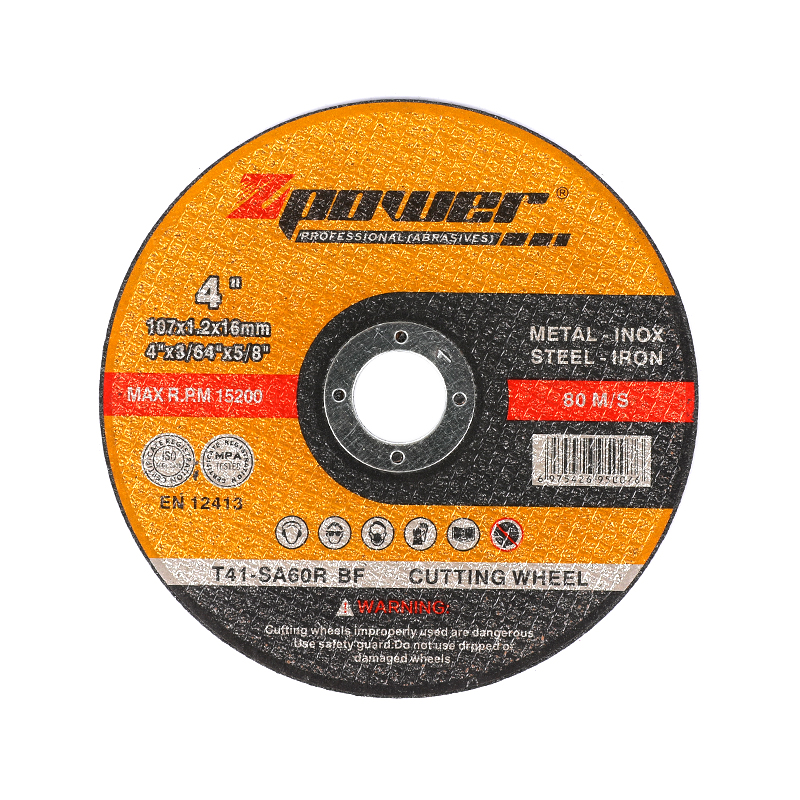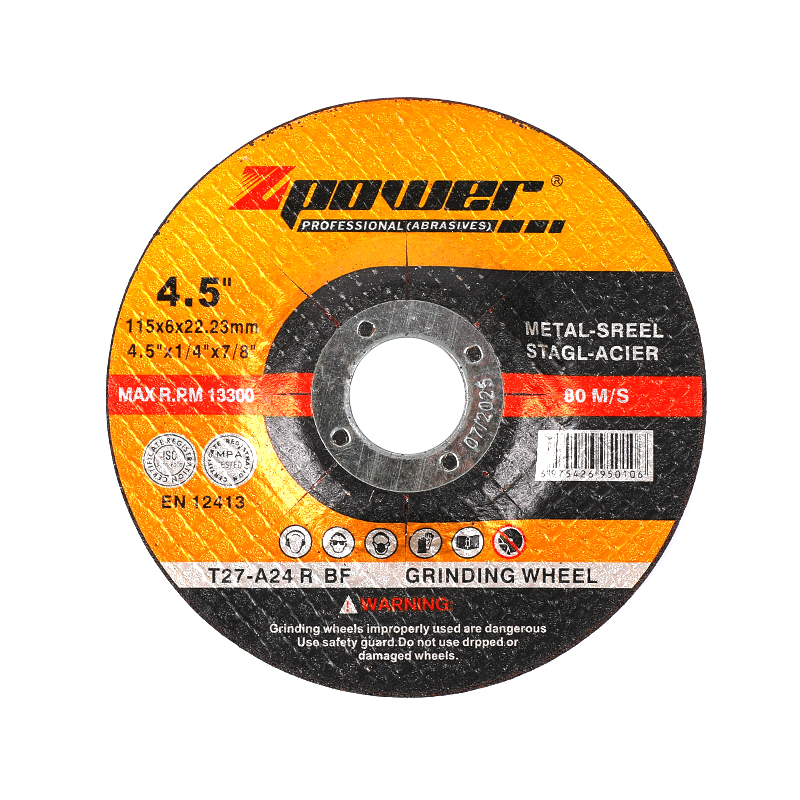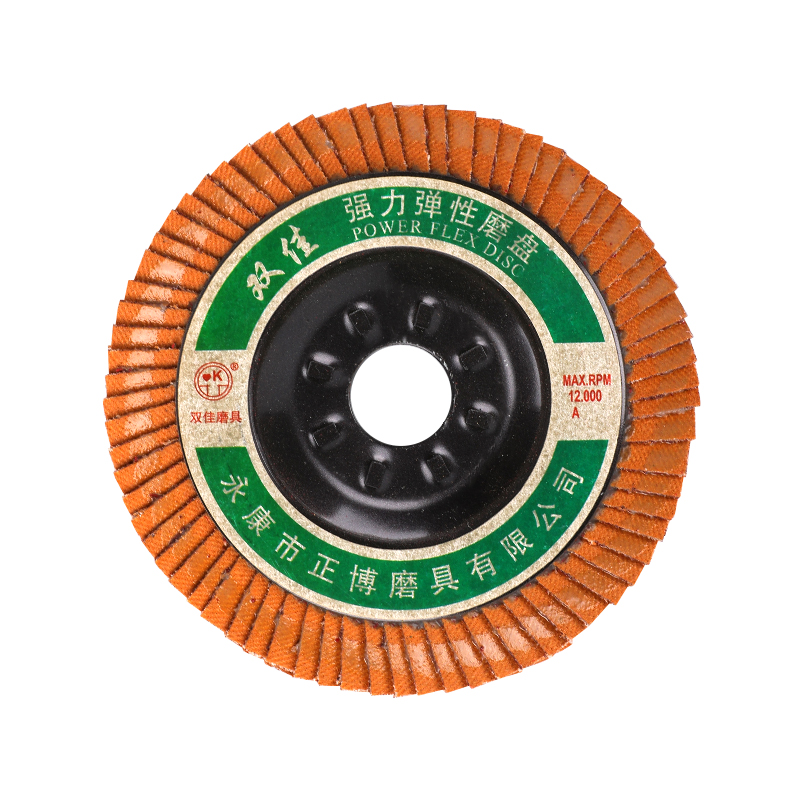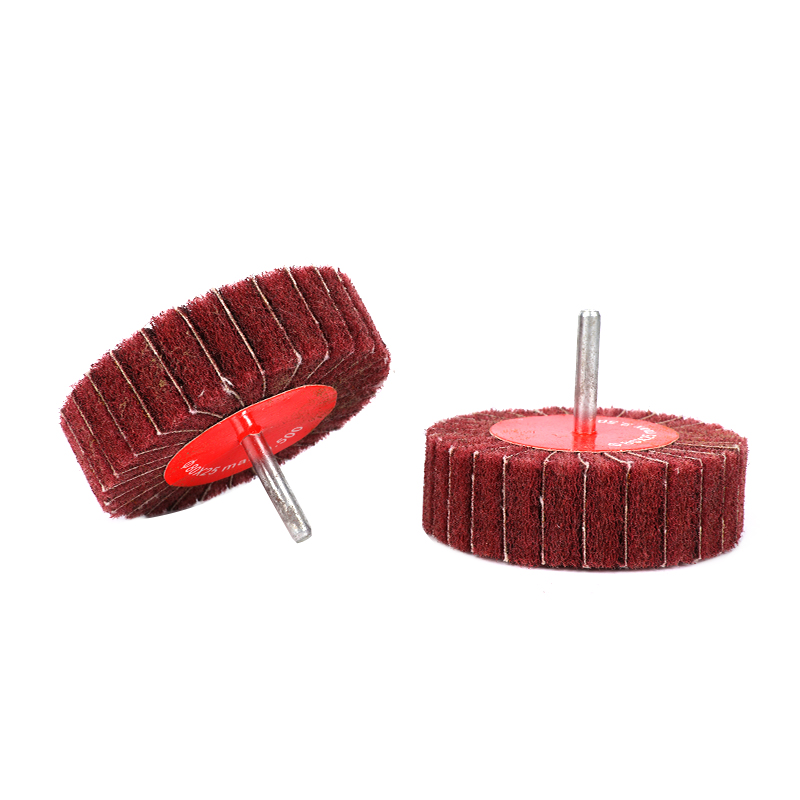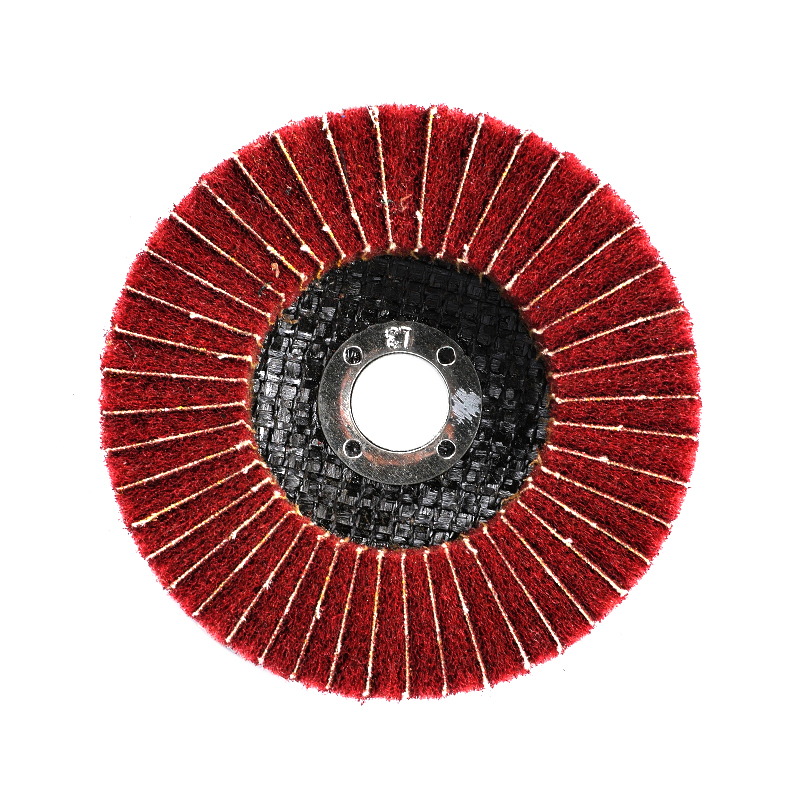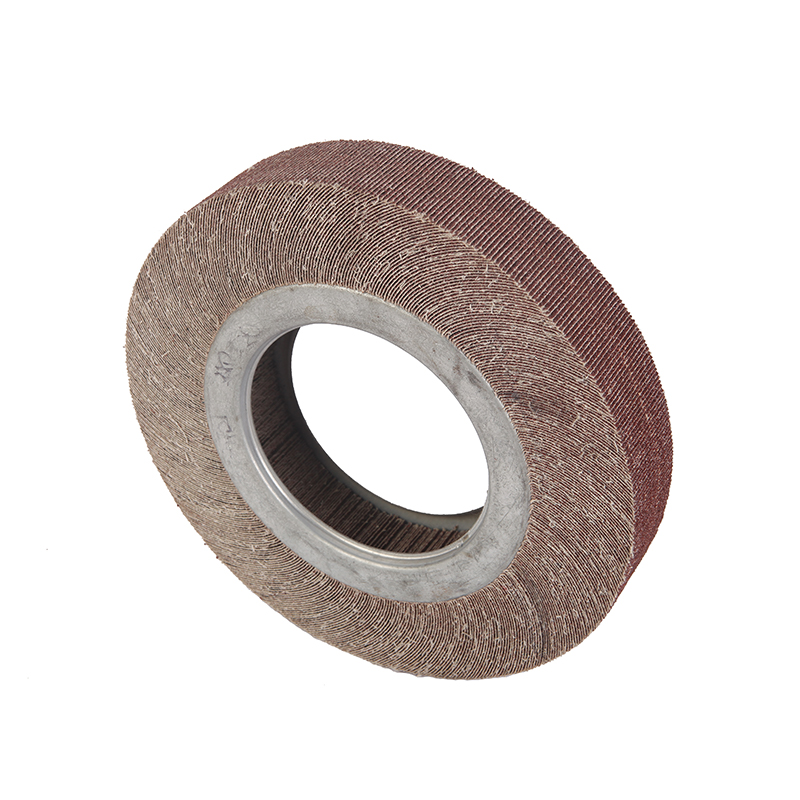How Do Custom Sandpaper Discs Compare to Standard Options?
 2025.08.01
2025.08.01
 Industry News
Industry News
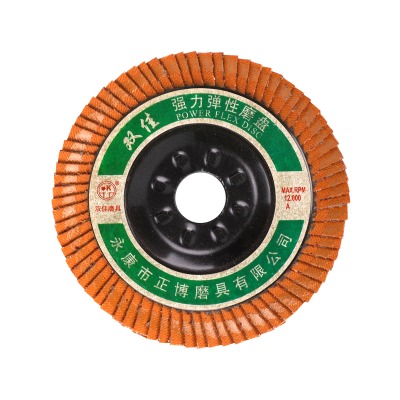
When it comes to sanding and surface preparation, the right abrasive disc can have a major impact on efficiency and results. While standard sandpaper discs are widely available and suitable for many applications, some users prefer custom sandpaper discs tailored to specific needs. The comparison between custom and standard options depends on factors such as material compatibility, durability, performance, and cost.
Custom sandpaper discs are designed to match particular user requirements in terms of size, shape, grit, and backing type. Unlike standard discs, which are typically produced in fixed dimensions and common grit ranges, custom sandpaper discs can be made to fit non-standard equipment or to achieve specific surface finishes. This flexibility allows users in industries like woodworking, automotive repair, and metal fabrication to choose the most suitable abrasive for their processes.
One of the main advantages of custom sandpaper discs is the ability to select the abrasive material that works best with the surface being treated. Whether it’s aluminum oxide, silicon carbide, zirconia alumina, or ceramic, the choice can be aligned with the properties of the workpiece. Standard discs may not always offer this level of precision, especially for tasks requiring unique material combinations or special surface treatments. Customization ensures that the disc performs effectively without unnecessary wear or risk of surface damage.
Backing material and attachment style also differ between custom and standard options. Custom sandpaper discs can be produced with paper, cloth, or film backings in varying thicknesses, which influences flexibility and strength during sanding. Users may also specify hook-and-loop, PSA (pressure-sensitive adhesive), or other fastening systems based on their tool type. Standard options may not provide the same range, limiting their compatibility with specialized machinery or sanding techniques.
Durability and lifespan are additional considerations. Custom sandpaper discs, when tailored to the correct material and grit, tend to wear more evenly and maintain cutting efficiency for longer periods. This is because they are designed for the exact conditions of use, reducing the chances of premature dulling or glazing. Standard discs, while often sufficient for general tasks, may degrade faster when used in more demanding environments or when mismatched with the surface material.
In terms of cost, standard sandpaper discs are generally more affordable due to mass production and wide availability. Custom sandpaper discs may carry a higher upfront price, especially for low-volume orders. However, the improved performance and reduced disc replacement frequency can offset the initial expense over time. For businesses that prioritize precision and efficiency, the long-term benefits often justify the investment in customized abrasives.
Another key difference lies in availability and lead time. Standard options are readily accessible through most suppliers, making them convenient for immediate needs. Custom sandpaper discs may require additional time for design and production, especially when exact specifications are involved. Planning ahead is important when custom solutions are required.
While standard sandpaper discs serve general sanding tasks well, custom sandpaper discs offer more targeted solutions for specialized applications. Their advantages include material compatibility, tailored design, and improved performance. By evaluating the needs of a specific task, users can determine whether standard or custom sandpaper discs are the better choice for achieving consistent and efficient sanding outcomes.

 Eng
Eng  عربى
عربى
